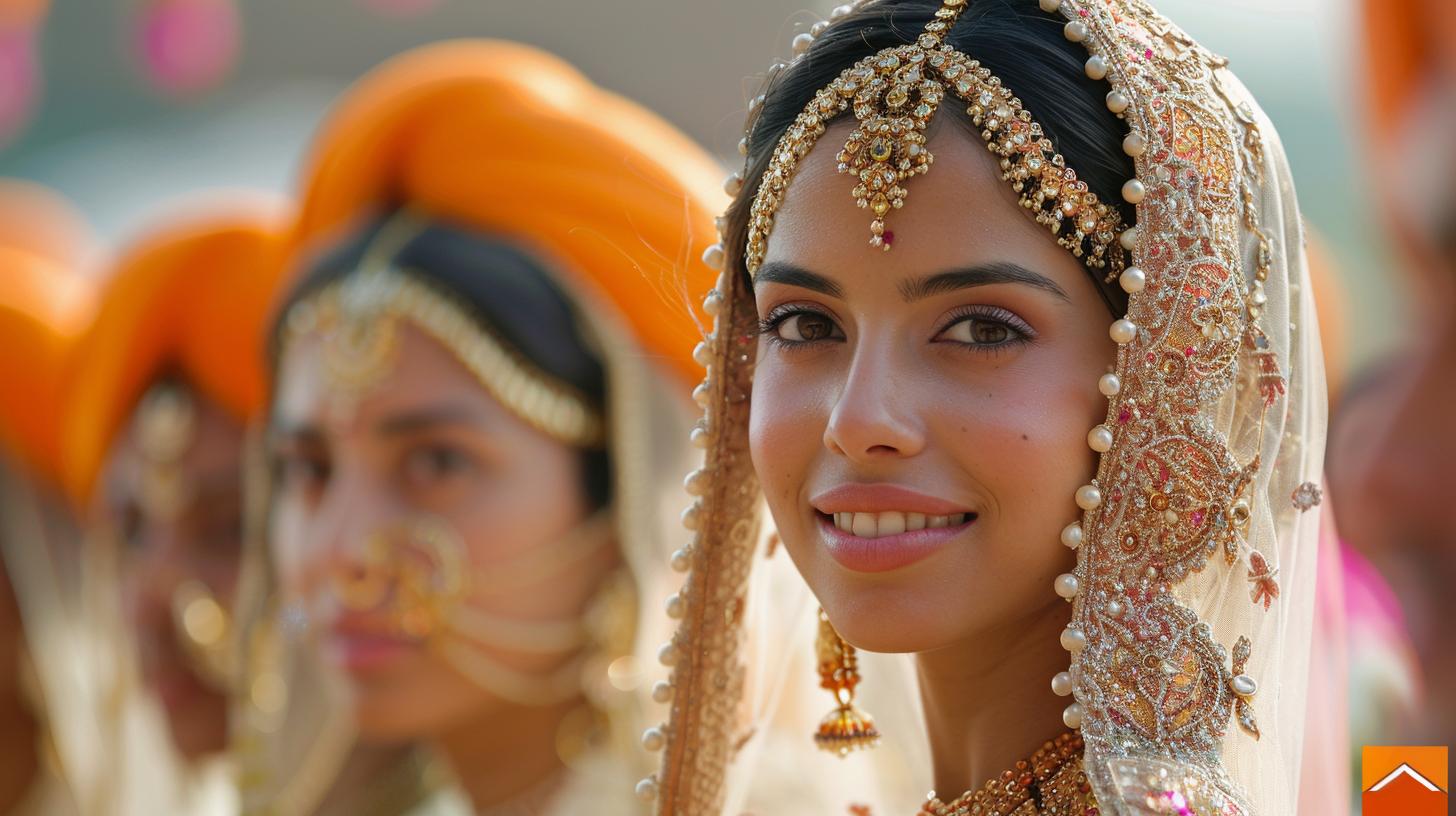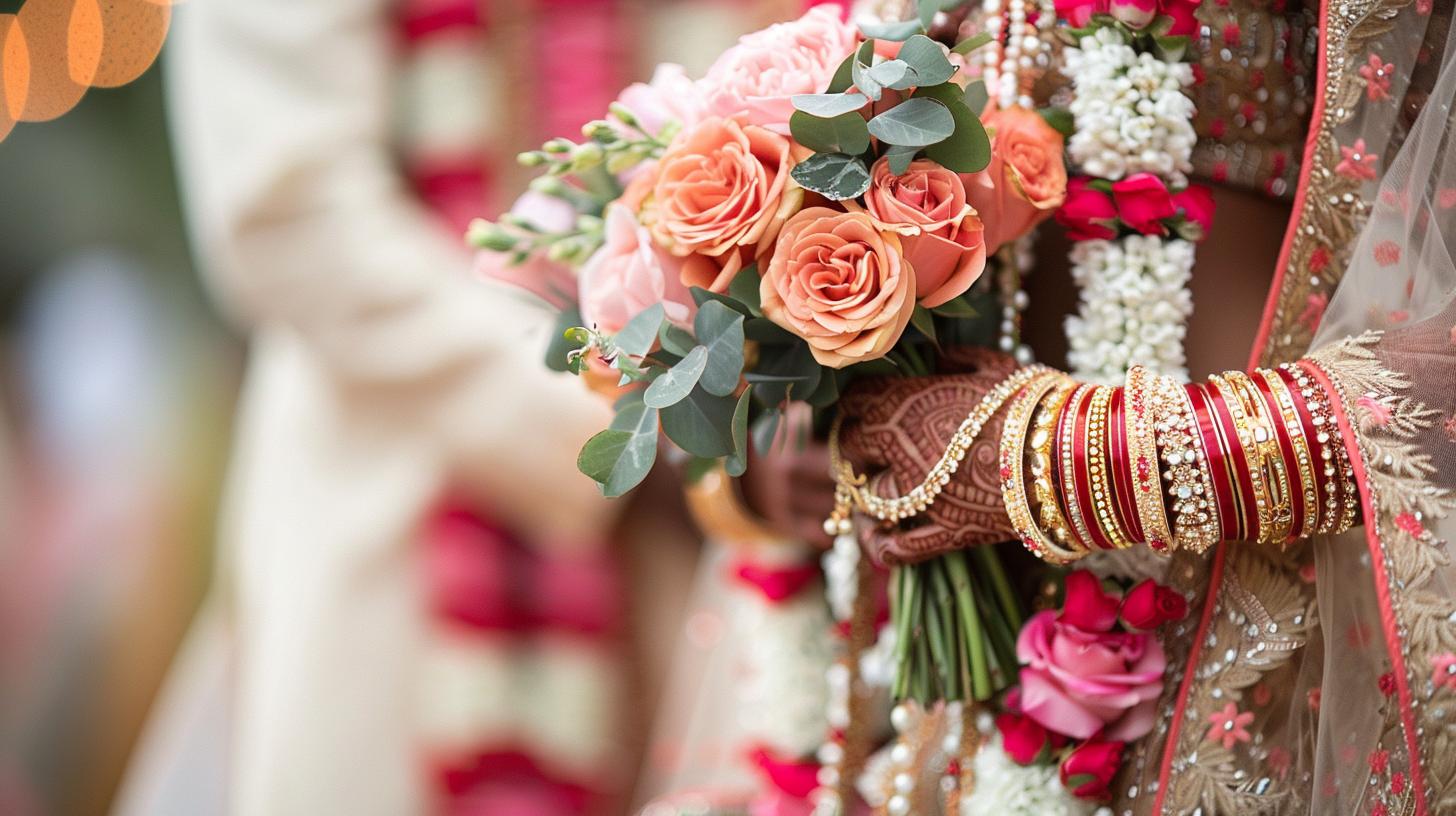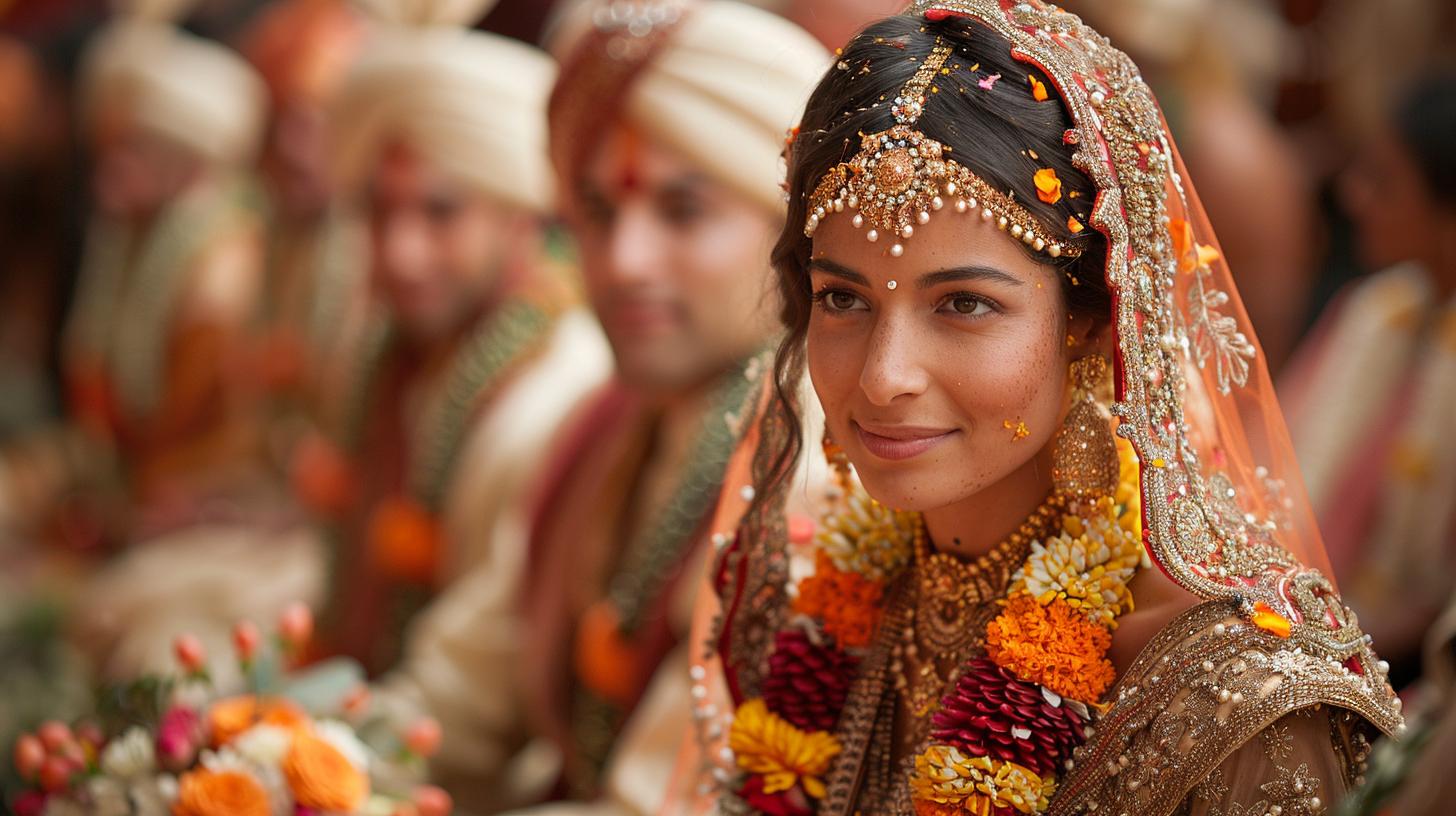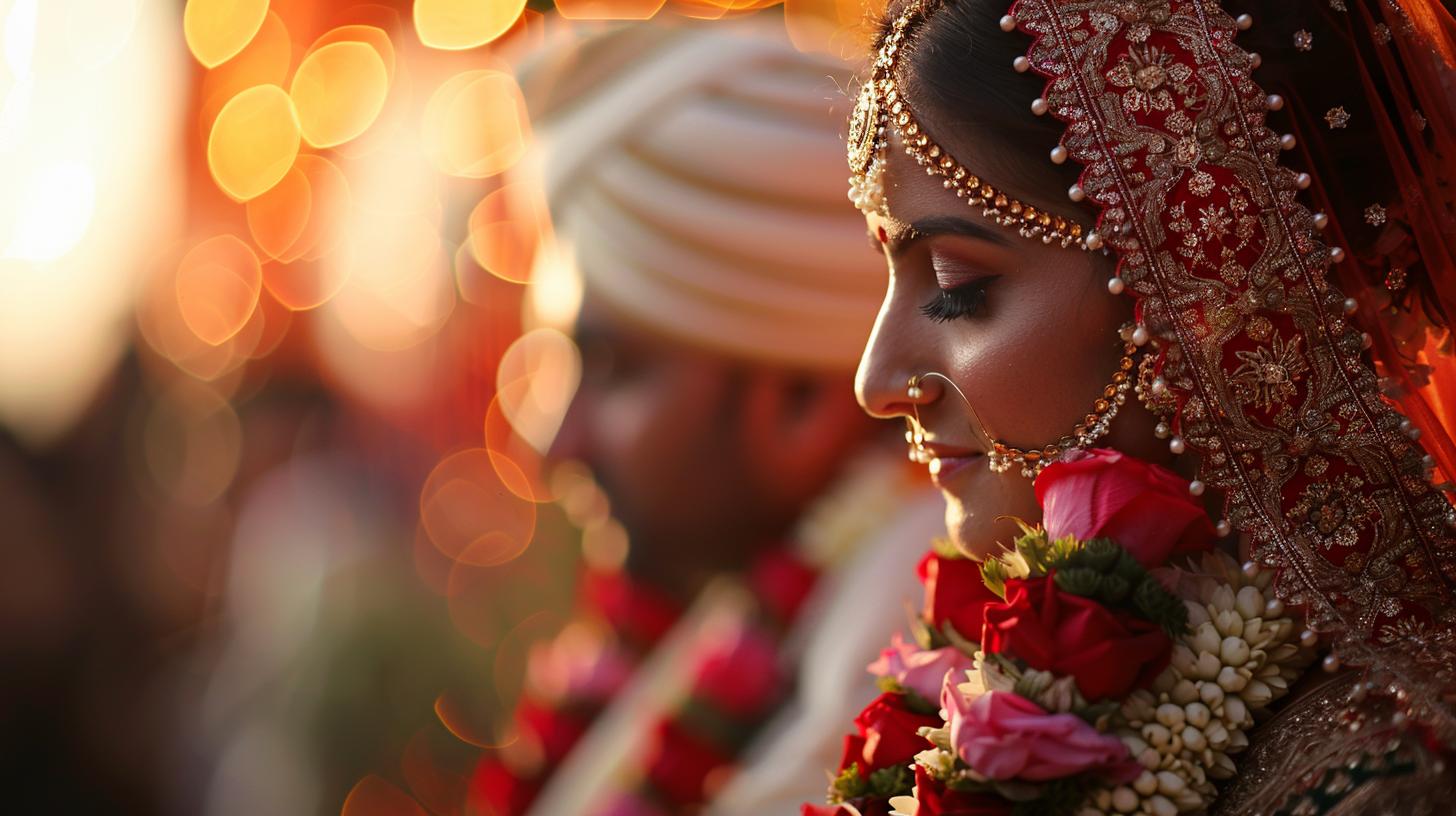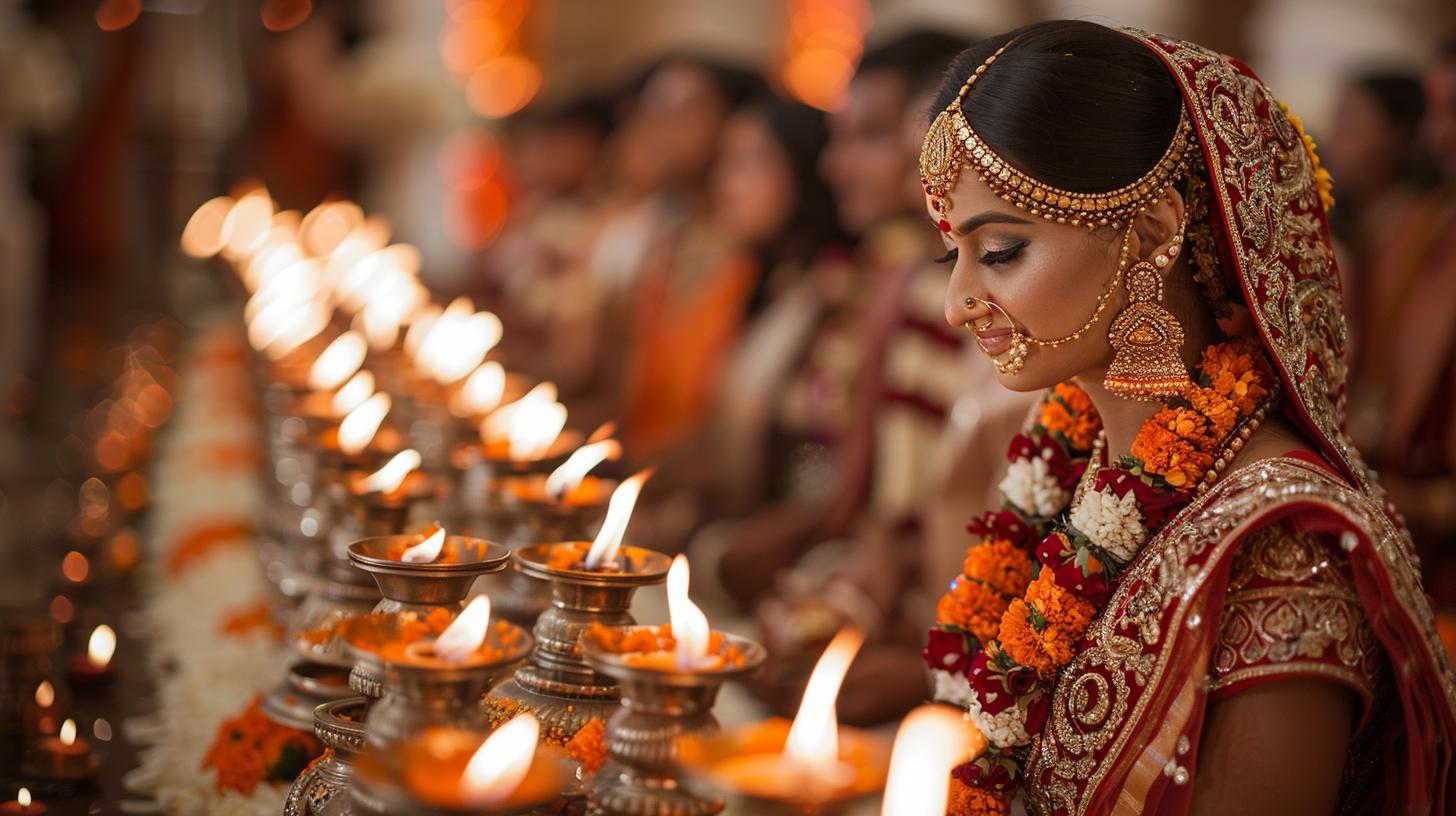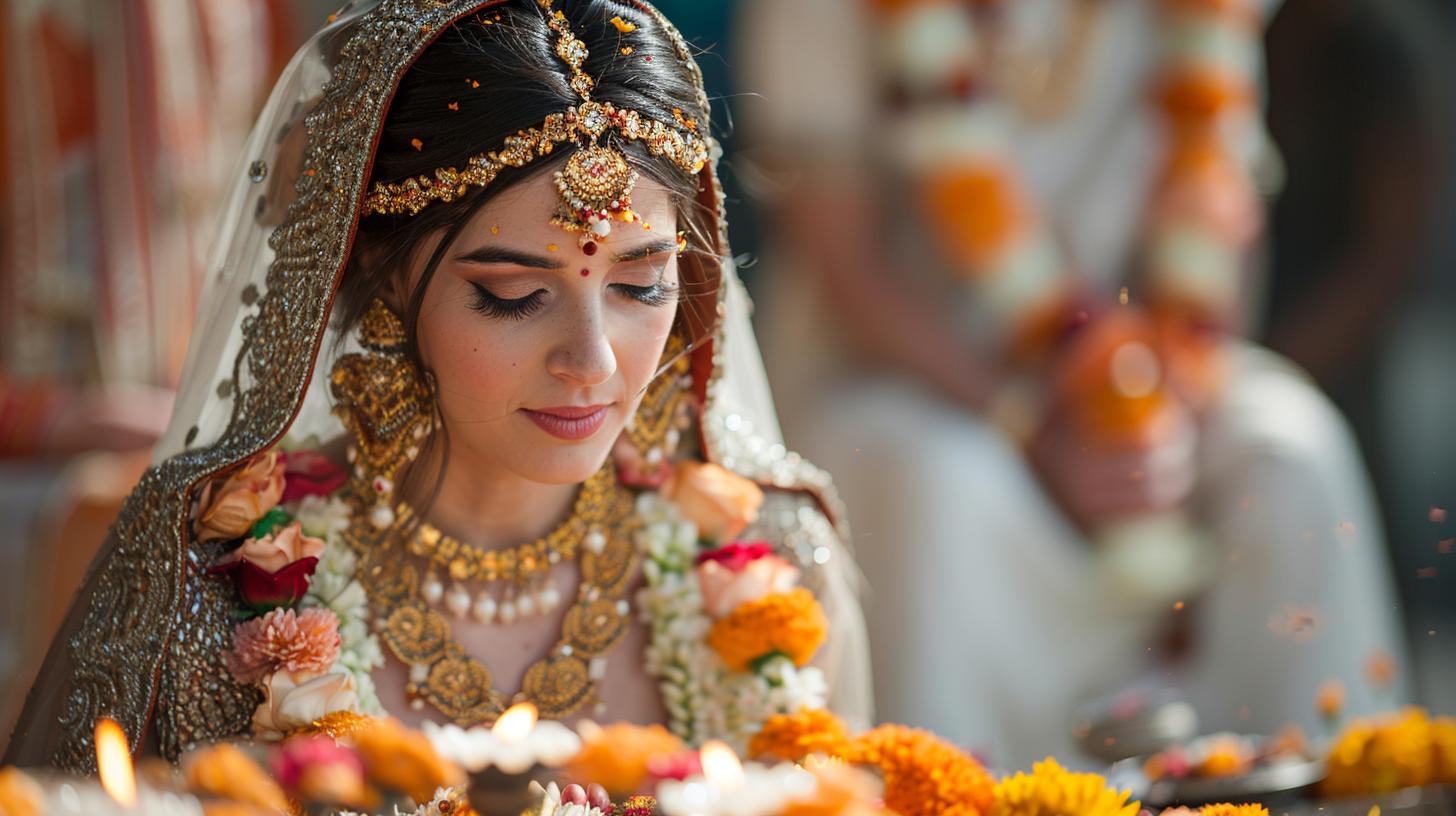Indian Wedding Vs Pakistani Wedding: A Cultural Comparison
Both Indian and Pakistani weddings are rich in traditions and vibrant celebrations. From bridal attire to food and music, each culture brings its unique elements to the wedding festivities.
This article will explore the differences and similarities between Indian and Pakistani wedding customs and rituals. From clothing choices to ceremonial practices, the contrast between these two cultures is fascinating.
Bridal Attire in Indian and Pakistani Weddings
Indian and Pakistani bridal attire is a colorful and intricate reflection of each culture’s traditions and customs.
Both countries boast a rich heritage when it comes to wedding fashion, with unique styles and trends that set them apart.
Differences in Color Choices
When it comes to bridal attire, one noticeable difference between Indian and Pakistani weddings is the color palette. Indian brides often opt for vibrant hues like red, pink, and peach, symbolizing joy and prosperity.
In contrast, Pakistani brides tend to favor softer shades such as silver, white, and pastels, conveying elegance and grace.
Traditional Jewelry Trends
Jewelry plays a significant role in both Indian and Pakistani bridal ensembles. Pakistani brides are known for adorning themselves with intricate pieces like pasas and jhoomars, enhancing their beauty and adding a touch of tradition.
On the other hand, Indian brides typically choose maang Tikkas and Mathapattis, which are essential for completing their traditional look.
Veils and Hair Accessories
Veils and hair accessories are essential components of bridal attire in Indian and Pakistani weddings. While Pakistani brides often opt for flowing dupattas that elegantly drape over their hair, Indian brides may choose to style their hair in an updo to showcase intricate headpieces like tikas and mathapattis.
Groom’s Fashion in Indian and Pakistani Weddings
When it comes to weddings in India and Pakistan, the groom’s fashion is just as important as the bride’s attire. Let’s delve into the traditional outfits and accessories that play a significant role in the groom’s appearance.
Traditional Outfits
- In Indian weddings, grooms often opt for traditional attire such as sherwanis, kurta pajamas, or dhoti kurtas, embellished with intricate embroidery and embellishments.
- On the other hand, Pakistani grooms may choose to wear outfits like sherwanis, kurtas, or salwar kameez, which are typically adorned with elegant embellishments and embellishments.
Accessories for Grooms
- Both Indian and Pakistani grooms accessorize their outfits with traditional elements such as turbans, dupattas, and footwear like mojaris or khussa shoes.
- Jewelry like necklaces, brooches, and cufflinks are also popular choices to enhance the groom’s overall look and add a touch of sophistication.
Wedding Ceremonies and Rituals
Wedding ceremonies in Indian and Pakistani cultures are filled with ancient traditions and symbolic rituals that hold deep significance for the bride and groom as they embark on their journey together.
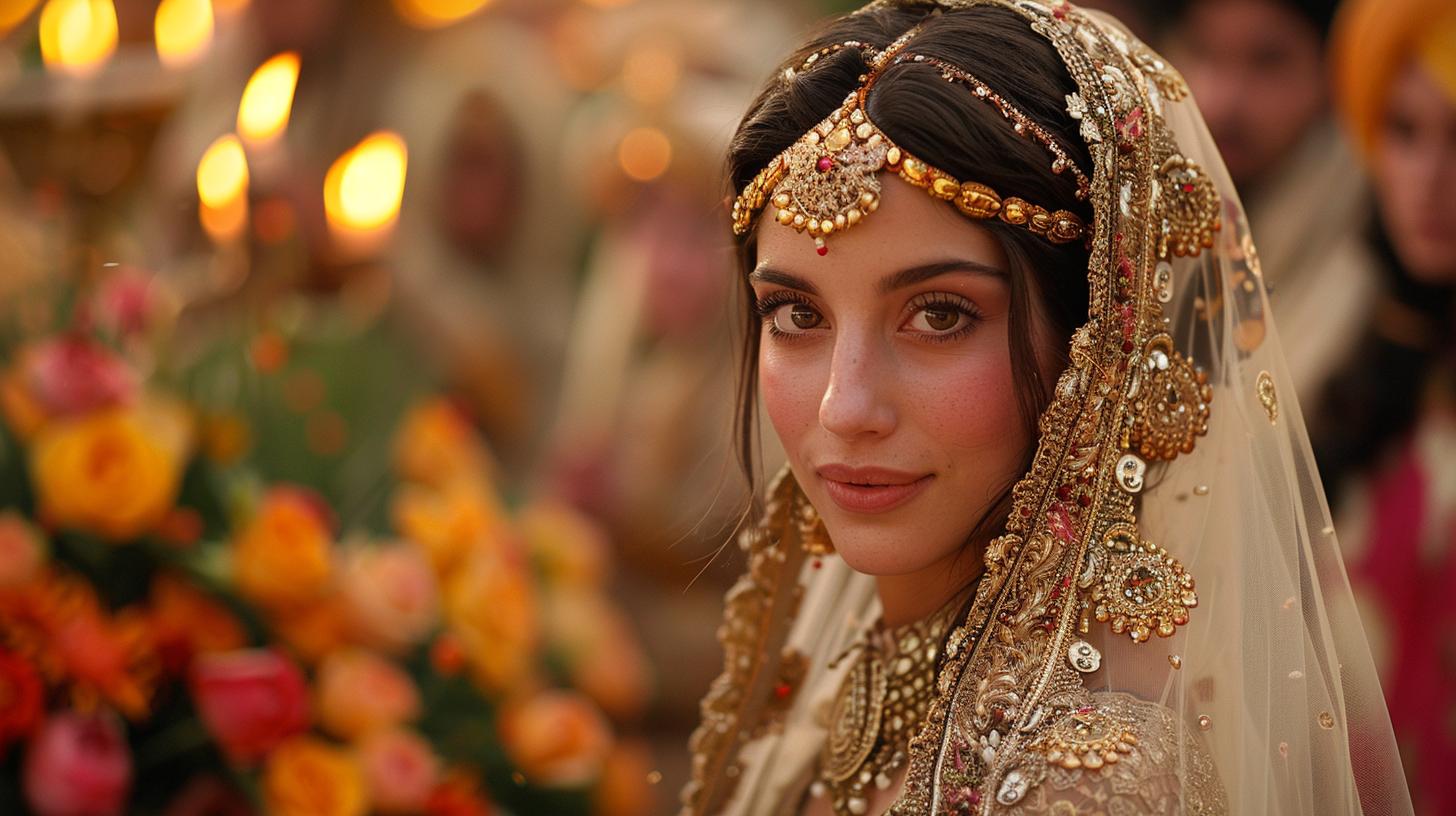
Pre-Wedding Traditions
- Sangeet: This pre-wedding ceremony involves music, dance, and celebration as both families come together to express joy and happiness.
- Haldi Ceremony: The application of turmeric paste is believed to purify and cleanse the bride and groom before their union.
- Mehendi Ceremony: Intricate henna designs are applied to the bride’s hands and feet as a symbol of beauty, love, and transformation.
Wedding Day Customs
- Baraat: The groom’s procession to the wedding venue is a lively and colorful event, accompanied by music, dancing, and jubilation.
- Nikah: In a traditional Islamic wedding ceremony, the couple solemnizes their marriage contract in the presence of witnesses and family members.
- Pheras: Hindu weddings feature the ritual of walking around the holy fire seven times, symbolizing their commitment to each other.
Post-Wedding Celebrations
After the formal wedding ceremonies, both Indian and Pakistani weddings continue with joyful celebrations, feasting, and dancing that can last for several days, creating lasting memories for the newlyweds and their families.
Food and Cuisine at Indian and Pakistani Weddings
When it comes to weddings in India and Pakistan, food plays a central role in the celebration, reflecting the rich culinary traditions of these cultures. Both Indian and Pakistani weddings boast a wide array of dishes that cater to different tastes and preferences.
Traditional Dishes
- Indian weddings feature a variety of regional cuisines, from spicy curries to flavorful biryanis. Popular dishes include butter chicken, paneer tikka, and dosas.
- In Pakistani weddings, guests can savor dishes like biryani, nihari, and kebabs.
The use of aromatic spices and slow cooking techniques is a hallmark of Pakistani cuisine.
- Vegetarian options are abundant in Indian weddings, with dishes like chana masala, palak paneer, and vegetable biryani offering diverse flavors and textures.
- Pakistani cuisine is known for its rich meat dishes, such as mutton karahi, seekh kebabs, and haleem, which are often served with naan or rice.
Sweet Treats and Desserts
No Indian or Pakistani wedding is complete without a mouth-watering selection of sweets and desserts.
These indulgent treats are a symbol of joy and abundance, adding a touch of sweetness to the festivities.
- In Indian weddings, guests can enjoy traditional sweets like gulab jamun, jalebi, and kheer, which are made with ingredients such as milk, ghee, and sugar.
- Pakistani weddings feature decadent desserts such as gajar ka halwa, ras malai, and sheer khurma, showcasing the rich flavors of cardamom, saffron, and nuts.
- Fusion desserts are also gaining popularity in both Indian and Pakistani weddings, with innovative creations blending traditional recipes with modern twists to tantalize the taste buds of guests.
Music and Dance Performances
In Indian and Pakistani weddings, music and dance performances hold a significant role, adding energy and entertainment to the celebrations.
These cultural elements showcase traditional dances and melodic tunes that reflect the heritage and spirit of each community.
Live Performances
- Live music bands or DJs are commonly hired to create a lively atmosphere during the wedding festivities.
- Dancers often perform traditional dances such as Bollywood, Bhangra, Kathak, or Qawwali, captivating the guests with their graceful movements.
- Many couples also organize group dance performances involving family and friends, bringing a personal touch to the event.
Importance of Music and Dance
Music and dance play a vital role in setting the mood for various wedding rituals and ceremonies.
They add an element of joy and festivity, creating a dynamic ambiance that keeps the guests engaged and immersed in the celebration.
Decor and Themes in Indian and Pakistani Weddings
Venue Decorations
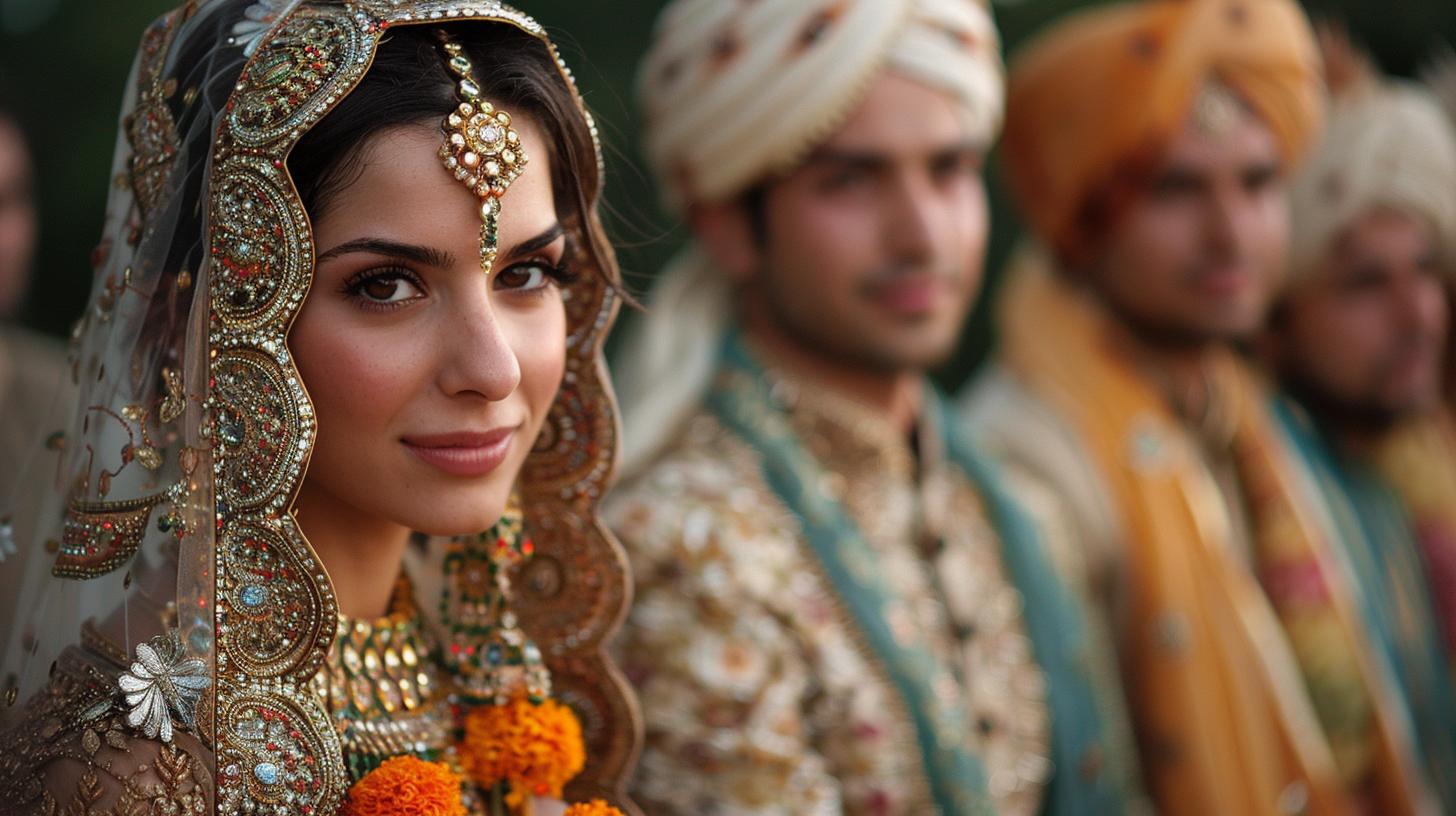
One of the most important aspects of Indian and Pakistani weddings is the venue decorations. The color scheme, floral arrangements, and lighting play a significant role in creating a magical atmosphere for the celebrations.
From extravagant centerpieces to elegant drapery, the décor sets the tone for the entire event.
Theme Selection
Choosing a theme for the wedding is an exciting part of the planning process. In Indian weddings, themes often revolve around traditional motifs such as peacocks, elephants, or lotus flowers. On the other hand, Pakistani weddings may opt for themes inspired by Mughal architecture or intricate henna designs.
The theme sets the mood and ties all elements of the wedding together harmoniously.
Challenges and Solutions in Wedding Planning
When it comes to planning an Indian or Pakistani wedding, there are various challenges that couples may face. From managing budget constraints to navigating complex family traditions, there are several factors to consider to ensure a smooth and memorable wedding celebration.
Budgeting Tips
- Set a realistic budget: Begin by outlining a budget that considers all aspects of the wedding, including venue, catering, attire, and decorations.
- Prioritize expenses: Identify key elements of the wedding that are most important to you and allocate a larger portion of your budget to these areas.
- Compare quotes: Obtain multiple quotes from vendors to ensure you are getting the best value for your money.
- Track expenses: Keep a detailed record of all wedding-related expenses to stay within budget and avoid overspending.
Handling Family Traditions
Family traditions play a significant role in Indian and Pakistani weddings, adding a layer of cultural richness to the celebrations.
However, blending different family customs and expectations can sometimes be challenging. Here are some strategies to navigate family traditions:
- Communication is key: Open and honest communication with both families can help address any conflicting traditions and find common ground.
- Seek compromise: Look for creative solutions that honor both families’ traditions while respecting individual preferences.
- Involve both families: Including family members in the wedding planning process can foster a sense of unity and shared decision-making.
- Respect cultural differences: Embrace the diversity of traditions within both cultures and find ways to integrate them harmoniously.
Modern Trends in Indian and Pakistani Weddings
As weddings evolve with time, modern trends have emerged in both Indian and Pakistani celebrations, blending traditional customs with contemporary influences.
Fusion Weddings
- Combining elements from both Indian and Pakistani cultures.
- Creating a unique and harmonious wedding experience.
Contemporary Influences
- Integration of Western wedding trends.
- Introduction of new technologies for event planning.
- Embracing sustainable practices in wedding arrangements.
.

